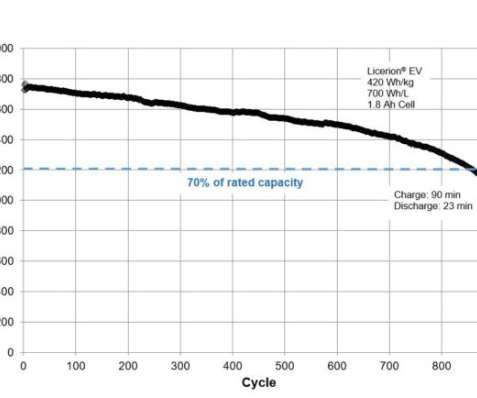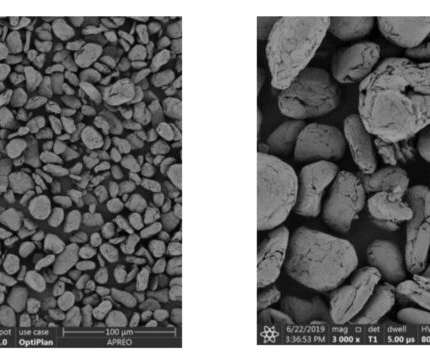Sion Power projects Licerion EV Li-metal batteries will have 420 Wh/kg and 700 Wh/L when scaled to commercial design
Green Car Congress
MARCH 15, 2020
Sion Power, a developer of high-energy, lithium-metal rechargeable batteries, said that its Licerion EV technology will have energy capacities of 420 Wh/kg and 700 Wh/L when scaled to commercial design. Charge times of 15 minutes to 100% state of charge were repeatedly demonstrated with 99.7% efficiency.


























Let's personalize your content